Review Parts of Speech Literary Terms and Diagramming
Complete guide to figurative language for students and teachers.
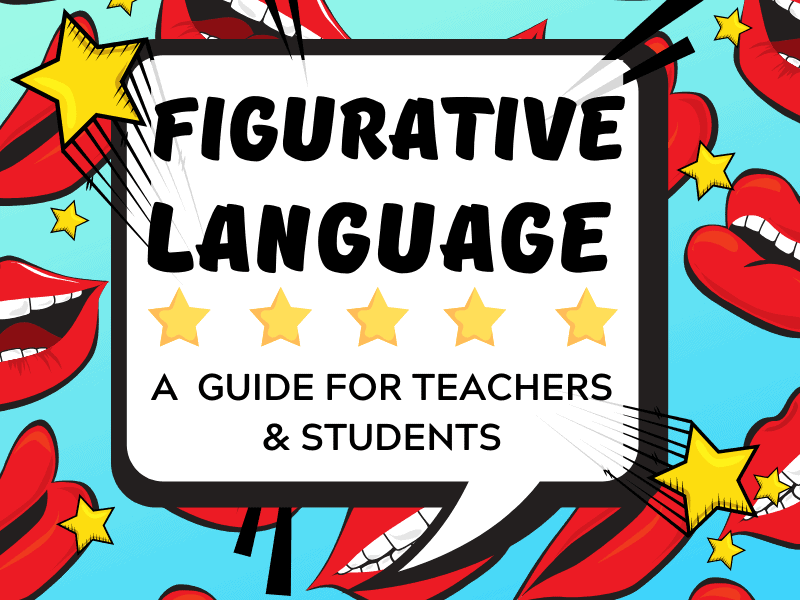
WHAT IS FIGURATIVE Language? A DEFINITION

We well-nigh often acquaintance figurative linguistic communication with verse, but we find figurative language widely used in many other contexts as well. We find it in use in everything from fiction and folk music to drama and our daily speech.
The term figurative linguistic communication refers to whatsoever use of language that goes across the literal meaning of the words themselves. In many instances, the phrase also refers to instances where the use of sounds, syntax, and discussion order deviate from what is considered the normal patterns of utilize. It is this definition that we volition explore in this guide.
A Complete FIGURATIVE Linguistic communication UNIT FOR STUDENTS

❤️The employ ofFIGURATIVE Linguistic communication is similar"SPECIAL EFFECTS FOR AUTHORS."It is a powerful tool to createBrilliant IMAGERY through words. ThisHUGE 110 Page UNIT guides you lot through a complete understanding ofFIGURATIVE Language as both aREADER andWRITER covering.
WHY Practice We USE FIGURATIVE Linguistic communication?
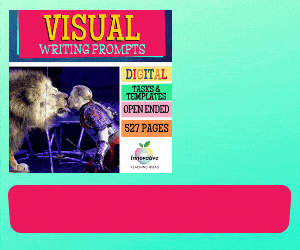
In both regards mentioned above, figurative language represents a sophisticated, creative use of language to convey meaning and mood amid other effects. Information technology represents an important tool in the author's toolbox.
These creative applications of language help readers to visualize the author's intended meaning, as well as found atmosphere, rhythm, and other stylistic furnishings. The use of these literary devices creates an effective and cute way to communicate through the written and spoken word.
Using figurative linguistic communication helps speak to a reader's emotions, likewise as to articulate more abstract and complex concepts in a relatable way. How a writer uses figurative language in their work constitutes a large chemical element of their mode.
TYPES OF FIGURATIVE Language
Figurative language is a broad category that encompasses all types of figures of speech communication, including sound devices and imagery.
There are lots of different types of figures of speech communication, but broadly speaking these can helpfully be divided into ii groups: tropes and schemes.
In this commodity, we will expect at various examples of figures of oral communication within these two categories. Nosotros volition define them, provide an example of how they are used, and provide a straightforward activity that requires minimal grooming and volition let students to practise these in class.
FIGURES OF Speech communication: TROPES AND SCHEMES
I. TROPES

A trope is a effigy of speech that uses words or phrases in a way in which the intended significant extends beyond the literal significant of the words used. Some of the most commonly used tropes include metaphor, simile, and personification. But, there are many others. We will take a look at some of the master ones below.
HYPERBOLE:

Definition: This effigy of oral communication uses exaggeration for emphasis or other specific effects such as sense of humor, for example. As with other figures of spoken communication, it is not meant to exist taken literally by the audience or the reader – they are usually in on information technology. We often employ hyperbole in our daily spoken communication.
Instance: I could have died of embarrassment
Task: Give students a list of comparative adjectives. You can differentiate these co-ordinate to the students' ages and abilities. Claiming students to compose hyperbole based on each of these adjectives. Utilise the model phrase 'brighter than the sun' to get the brawl rolling.
We accept a complete guide to hyperbole in literature which tin be found here
IDIOM:

Definition: An idiom is a figurative use of language that cannot exist understood from a literal understanding of the words lone. Idioms are a part of the language and each linguistic communication develops its own unique idioms over time. Idioms are similar to other figures of voice communication except that while most other figures of speech can exist the original conceptions of the writer, idioms are already in being within the language. Many of Shakespeare'south figures of speech have become crystallized in the linguistic communication equally the idioms of today.
Example: ' Kick the bucket / Gave upwardly the ghost / Passed away '
Chore: Yous can help students span the gap betwixt their agreement of figures of spoken communication and idioms through this activity. Provide students with a list of idioms on various themes. Discuss these and ensure they have a sense of their significant. Challenge the students to compose their own figures of spoken communication on each of these themes using the sample idiom as a starting bespeak.
METAPHOR:
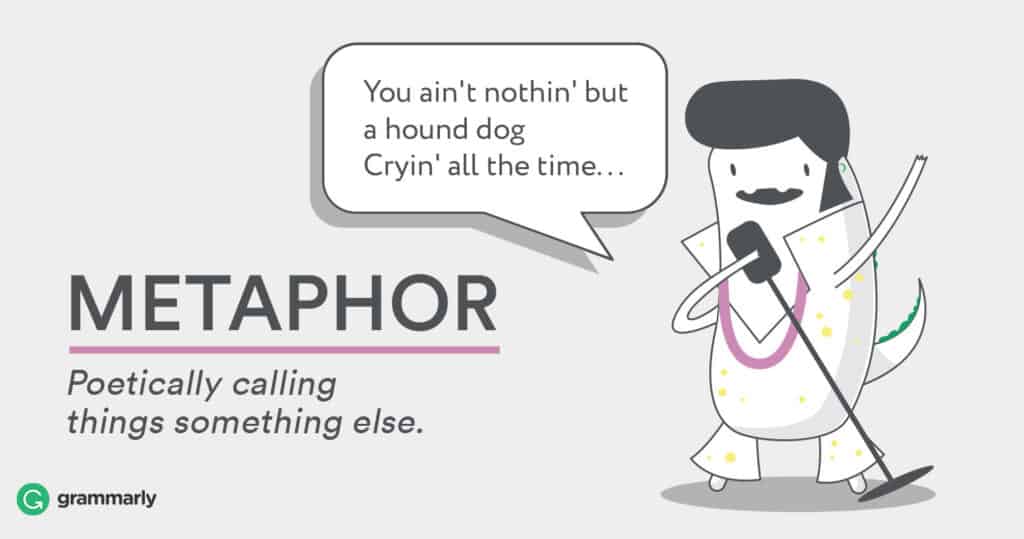
Definition: A metaphor makes a comparing between two unrelated things by stating one affair is the other thing. This is unremarkably done by highlighting or suggesting a shared quality or feature betwixt the two singled-out elements.
Instance: Life is a rollercoaster
Task: Metaphors are usually used in oral communication, poetry, plays, songs, and stories. To give your students exercise identifying metaphors in a range of contexts, organize them into groups and provide them with a range of the types of reading materials listed higher up. Have students read and listen to these materials and place examples of metaphor in each, compiling a listing as they go.
OXYMORON:
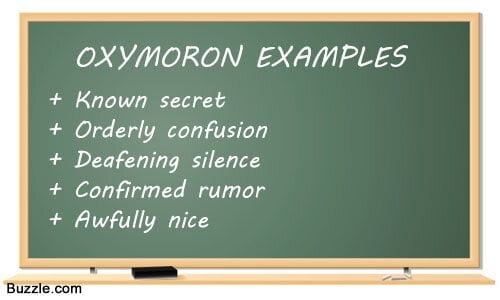
Definition: Oxymorons combine two opposing elements into a single phrase or judgement. They can exist used to create a range of effects, comedic, dramatic, or idea-provoking.
Example: " Parting is such sweet sorrow . "
Task: Oxymorons are very mutual in our daily speech, for example 'seriously funny', 'random order', and 'pretty ugly'. Organise the students into groups and challenge them to come up with as many other common examples every bit they can. Every bit an extension exercise, ask the students to compose some original oxymorons besides.
PERSONIFICATION:
Definition: Personification is a special type of metaphor where human deportment or feelings are ascribed to a non-homo thing. When we talk about something that isn't homo as if it was, and so we are personifying it – that is, making it into a person. This figurative use of language is most commonly associated with poetry and literary fiction, only we can often find it in our daily speech communication as well.
Instance: An angry sky / Books were her constant companions / That machine'due south a beauty
Task: Organize the students into pairs. Instruct Partner 1 to compile a listing of 10 nouns, these can be inanimate objects such as a pencil, a chair etc or natural miracle such as moon, stars, sun etc. Accept Partner 2 compile a list of 10 verbs associated with the actions of human being beings, for instance laugh, tell, sing etc. When both partners take completed their lists they can utilize their nouns and verbs to write their ain personification sentences.
SIMILE:

Definition: Similes make comparisons betwixt two seemingly unrelated elements past using 'like' or 'as' to highlight a common quality or characteristic both things share. Similes make a comparison by suggesting a similarity between ii things, rather than making a comparing past stating that one thing is something else – such every bit nosotros find with metaphors.
Example: Her eyes shone like diamonds / He was every bit strong as a horse
Task: Begin this activity by asking students to compile a list of say 10 nouns and ten adjectives. Challenge the students to course original similes utilising the nouns and the adjectives on their list to ready upward a simile comparison. For example, if they cull the noun cat and the adjective smart they must generate the final element to complete their simile, for instance, The cat is as smart as a computer. They should practice this until they have completed a simile for all items on their lists. Encourage them to strike a balance between the similes that employ like to make the comparison and those that apply as.

SYNECDOCHE:
Definition: This figure of speech most frequently occurs when a function of a thing is used to represent the whole of a matter. However, it can too occur when the whole of a thing is used to correspond a part of a thing. The first type is called microcosm and the second, macrocosm. This trope is better conveyed through illustration than caption.
Example: All easily on deck! (microcosm) / The United States alleged state of war. (macrocosm)
Task: Organize students into groups and give out copies of old newspapers. Challenge the students to spot examples of synecdoche in the various manufactures and then highlight them. They may wish to use two separate colors for identifying the two different types mentioned above.

Ii. SCHEMES
Schemes are a figurative employ of linguistic communication that deviates from the usual mechanics of a judgement. This may be in terms of syntax, sound, or discussion guild. Writers tin can utilize schemes to create rhythm, musicality, or to depict comparisons or contrasts within a text. They are particularly associated with poetry, as they oft piece of work on a rhythmic basis or through sound. Dissimilar tropes, schemes operate on a sense level more than an intellectual level.
ALLITERATION:
Definition: The repetition of the initial consonant audio of sequent or near consecutive words for consequence. Alliteration is also referred to as caput rhyme or initial rhyme.
Example: The s lithering s nake south lid s ideways southward ilently
Task: Read some tongue twisters every bit a form and then challenge the students to produce their ain examples.
ASSONANCE:

Definition: The repetition of vowel sounds inside a group of words. Equally with alliteration, information technology is the repeating sounds that are of import, not the letters.
Case: " Fl ee t f ee t sw ee p by sl ee ping k ee se " past Pink Floyd
Task: Assonance can be used to convey different moods. For example, repetition of long, broad 'o' and 'a' sounds can express sadness or melancholy. Challenge your students to write a line that uses assonance to limited a selected mood.
CONSONANCE:
Definition: The repetition of consonant sounds anywhere in the words that are near each other. This should be distinguished from alliteration, where the repetition is limited to the sounds at the offset of words. Alliteration is a special type of consonance, so all alliteration is a course of consonance, just not all consonance is alliteration.
Instance: " I'g s ure sh eastward sells sea- sh ore sh ells "
Job: Give out a worksheet with a mix of unmarked examples of alliteration, consonance, and assonance and have the students sort them into the correct categories. You may want the students to use a Venn diagram so they tin more easily categorize those that fit into more than i category.
ONOMATOPOEIA:
Definition: Onomatopoeia refers to words that sound like the thing they describe. Onomatopoeia is well-nigh commonly seen in poetry where its use serves as a powerful tool for the imagination equally it imitates the sounds of the things described themselves. A common case of onomatopoeia can be seen in the names of the sounds various animals make.
Example: Woof! Baa! Moo! Oink! Cock-a-doodle-exercise!
Job: To go your students thinking well-nigh onomatopoeia, give them a theme and claiming them to listing as many onomatopoeic words every bit they can around that theme. This can easily be differentiated for various age groups. For example, younger kids can work on animal sounds like those above, while older students can work on a theme such as that of h2o (drip, splish, splosh, splash, plop etc). For stronger students, simply provide them with a theme and chore them with creating their own related and original onomatopoeic words.
PARALLELISM:
Definition: This scheme is also known every bit a parallel structure and applies to sentences or phrases that employ an identical or very similar structure. Parallelism is oft used to bring clarity and emphasis, too as create a memorable rhythm. Some of history'southward most memorable speeches and statements used parallelism to great consequence and these have stayed with us for many decades as a result. Neil Armstrong's reported words on the moon landing and Martin Luther King's I Have a Dream speech being prime number examples.

Example: " That'southward 1 pocket-size footstep for a man. One behemothic leap for mankind. " by Neil Armstrong.
Task: Provide students with sample sentences that do not use a parallel structure within them. Challenge the students to rewrite the sentences to incorporate a parallel structure into the new sentences. For example, give the students the following sentence:
Exercise you lot prefer spicy chicken, pork, or salty fish for the main class?
Students should piece of work to recognize that the underlying construction involves an adjective preceding two of the food options and should rewrite the judgement to include 1 for the pork. Answers will of form vary, but all are valid equally long as they conform to the pattern. For case:
Do you adopt spicy chicken, sweetness pork, or salty fish for the principal course?
Become Effigy!
These are just some of the various ways that language is usually used figuratively. There are many more of class, though some of these can be quite rarely used. It's best to get-go with these more mutual ones outset, earlier moving onto some of the more circuitous literary devices available.
Spending some time working on figurative linguistic communication in isolation volition help students to empathise how to utilise the various figures of speech in their own writing.
Only, to utilise them in a confident and unselfconscious manner volition require lots of reinforcement in their utilise throughout the schoolhouse twelvemonth.
While early attempts to weave them into their own writing may seem stilted and unnatural, with time and practice they will go office of a student's personal style and help enable them to articulate and express their thoughts in an artistic and coherent manner.
A COMPLETE FIGURATIVE LANGUAGE UNIT FOR STUDENTS

❤️The use ofFIGURATIVE LANGUAGE is similar"SPECIAL EFFECTS FOR AUTHORS."It is a powerful tool to createVIVID IMAGERY through words. ThisHUGE 110 PAGE Unit of measurement guides you through a complete agreement ofFIGURATIVE LANGUAGE as both aREADER andWRITER roofing.
OTHER Bang-up Articles RELATED TO FIGURATIVE Language
The content for this page has been written by Shane Mac Donnchaidh. A sometime principal of an international schoolhouse and university English lecturer with fifteen years of educational activity and administration feel. Shane's latest Book the Complete Guide to Nonfiction Writing can be establish hither. Editing and support for this article have been provided by the literacyideas squad.
Source: https://literacyideas.com/figurative-language-for-students-and-teachers/



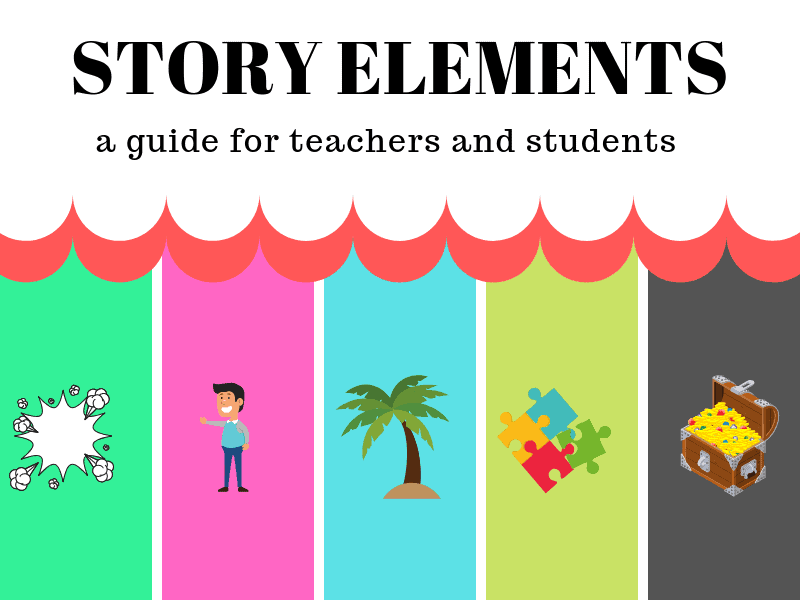
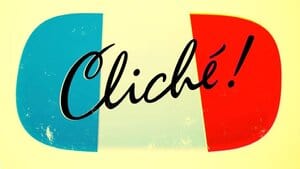
0 Response to "Review Parts of Speech Literary Terms and Diagramming"
Publicar un comentario